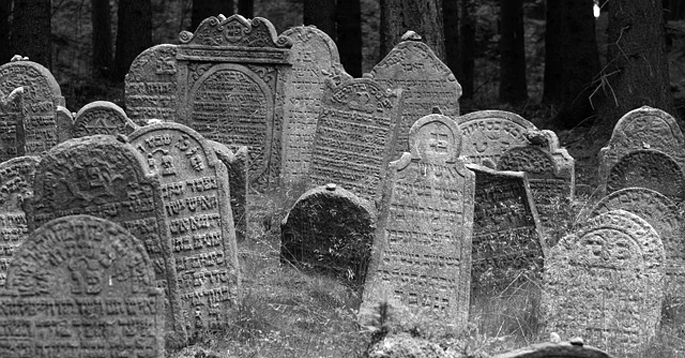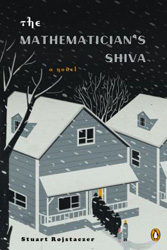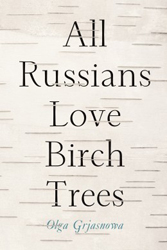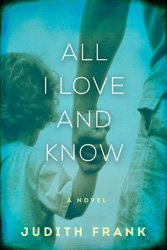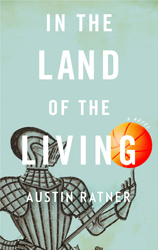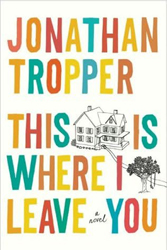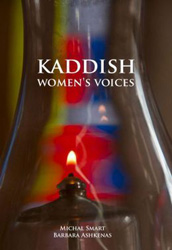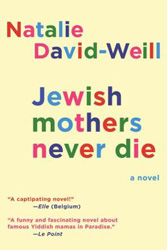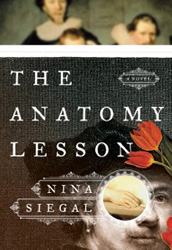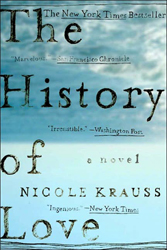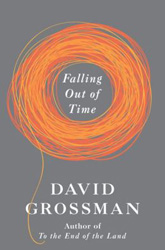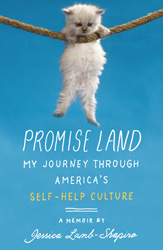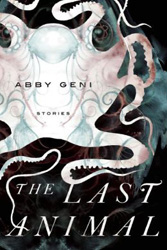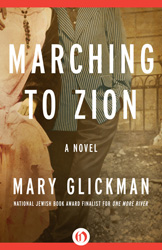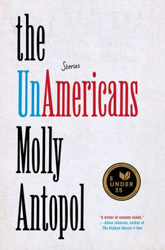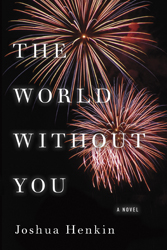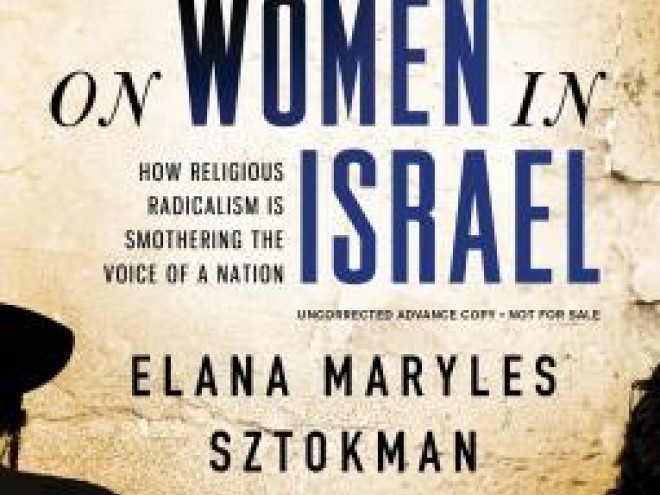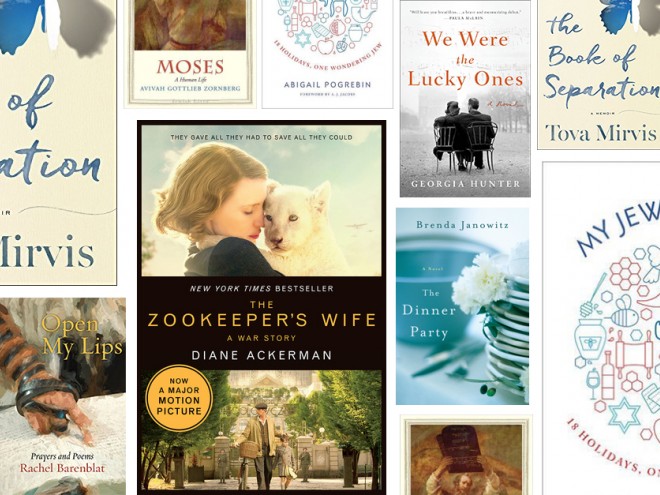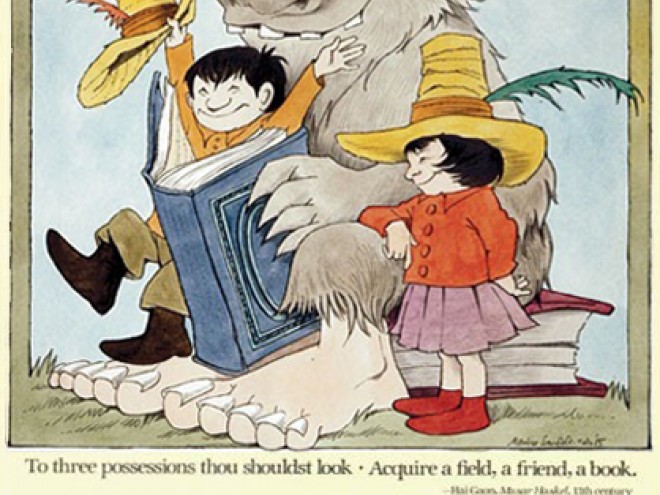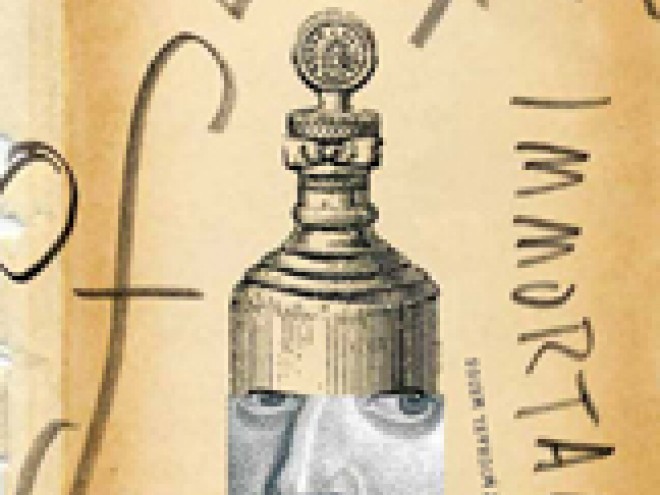Posted by Nat Bernstein
It’s a question every Jewish American parent faces at the waning of October: Will you allow your children to trick-or-treat?
The deliberation generally comes down to whether one considers Halloween a secular holiday or acknowledges its pagan-Christian origins. The former interpretation is held as the justification for Jewish participation in All Hallow’s Eve festivities and customs; the latter dredges up some discomfort for those committed to traditional Jewish values, observances, and/or identity.
But maybe—just maybe—we have that backwards.
The increasingly profane treatment of this old, old holiday in the United States in many ways brings out the worst of American culture. Why should Jews feel more comfortable aligning with that than with a foreign but spiritually significant observance?
In the Christian tradition, Halloween kicks off Allhollowtide, a three-day remembrance of the dead. It precedes the ensuing solemnity of All Saints’ Day and All Soul’s Day with a sort of vigil for the departed. Costumes were incorporated to confuse wakeful imps and wandering souls, lest a loitering spirit attempt to exact vengeance on its last night of purgatory before passing on to the next world. Tricks and pranks developed in mimicry of such menacing forces, and the somber rituals were often followed by merry community and family gatherings. Halloween was a time to celebrate what scares us, to employ “humor and ridicule to confront the power of death.”
Yes, the premise for this holiday and its triduum is very not-Jewish, but there are certain parallels. While ghouls and goblins and pixies and saints reside in a realm completely distinct from Jewish lore, our history includes an appreciation for spirits of the dead, dybbuks, witches, and mischievous demons. Jews, too, symbolically welcome visits from our ancestors—ushpizin—and play all sorts of tricks to ward off evil forces of superstition and the supernatural.
And when it comes to laughing at death, no one — no one — does gallows humor like the Jews.
Jews sit with death — literally: our communities hold an obligation to sit night and day with the bodies awaiting burial; Jewish families gather on the floor to contend with the loss of a loved one for a solid week—or perhaps it’s death that sits with Jews. Our literature, especially in the current generation of Jewish writers, orbits around the specters of the departed and the grief of those who survive them. A foundational component of “Cultural Judaism” in the present age is how its adherents cleave to and from the traditional death rites: the subject of the millennium’s most popular novels, adaptations, and short films.
Death is a constant and continuous discussion in every aspect of Jewish life, from parenting to friendship to religious practice to humor. Why should we deliberately ignore the intentionality of a day designed to confront it?
Hence, in lieu of spooky stories or tales of horror, tonight’s Jewish Book Council reading compilation is a short selection of books that engage with loss, that explore how Jews of varying backgrounds and identities cope and contend with death:
Related content:
Nat Bernstein is the former Manager of Digital Content & Media, JBC Network Coordinator, and Contributing Editor at the Jewish Book Council and a graduate of Hampshire College.
